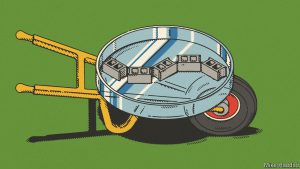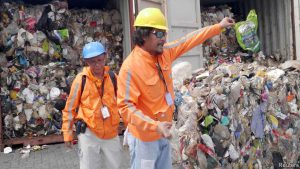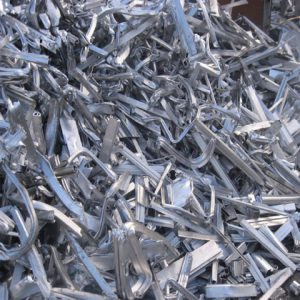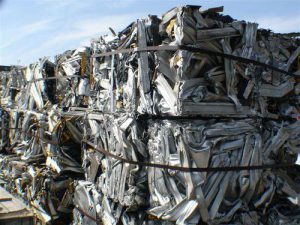By Blaise Hope
March 07, 2022

Implementing circular business models reduces emissions worldwide and there is wider support and more frameworks and examples to follow than ever before
A circular economy keeps things moving through and beyond the product life cycle, eliminating waste by reusing, refurbishing, recycling, and recirculating for as long as possible. It offers more durability to consumers, reduces waste and pollution, and helps to regenerate nature.
The World Circular Economy Forum says in ‘Re-defining Value — The Manufacturing Revolution. Remanufacturing, Refurbishment, Repair and Direct Reuse in the Circular Economy’ that the adoption of circular economy measures can reduce greenhouse gas emissions in some sectors by 79-99%.
The European Union says the circular economy is “a model of production and consumption, which involves sharing, leasing, reusing, repairing, refurbishing and recycling existing materials and products as long as possible”.
Why are circular economy practices and circular business models important?
Efforts to enable circular business models drive innovations that benefit customers, businesses, and all stakeholders in a value chain. Consumers are increasingly selecting according to circular economy criteria, and the adoption of circular business models elevates brands and promotes customer loyalty.
Implementing a circular economy model can help reduce environmental pressures. It also helps improve raw materials supply security, increases competitiveness between businesses (which also benefits customers), promotes innovation, boosts economic growth, and creates jobs. The EU has predicted that an additional 700,000 jobs will be made available in the union alone by 2030 if the economic model becomes widespread.
Governments see the benefits and so do consumers. In short, circular business models increase customer loyalty, drive innovations and benefits, and keep you ahead of both competition and the coming legislation to enforce it. Long term, it will protect and grow profits, too.

How to transition to a circular economy today
While more companies are starting to transition to the circular economy model, the world will not change overnight. The transition into a circular business model involves complex steps, but you can start by pursuing the basics.
Maximise products’ lifetime
To keep a product circulating in the economy, durability, recyclability, and reuse need to be among be your companies’ top considerations, when designing new products or packaging both in terms of components and materials.
Use environmentally friendly packaging
As roughly 8 million tonnes of plastic are dumped into the oceans every year, the use of environmentally friendly packaging is important. Consider using packaging made from mono-material plastics, bioplastics, and paper. Also, consider reusing packaging (as suggested in point 1 above) and reducing plastic components in packaging.
Use less hard to recycle components
Using less hard to recycle materials on your products and packaging means sending less waste to landfills, ensuring your products and packaging components circulate longer in the economy.
Making small, incremental changes will bring long term benefits and change, helping you adopt circular business models and join in the transition to the circular economy. There is a danger, in not moving now, of companies facing legislative and consumer consequences at a time when capitalism has never been more conscious, and supply chains are becoming more transparent.





